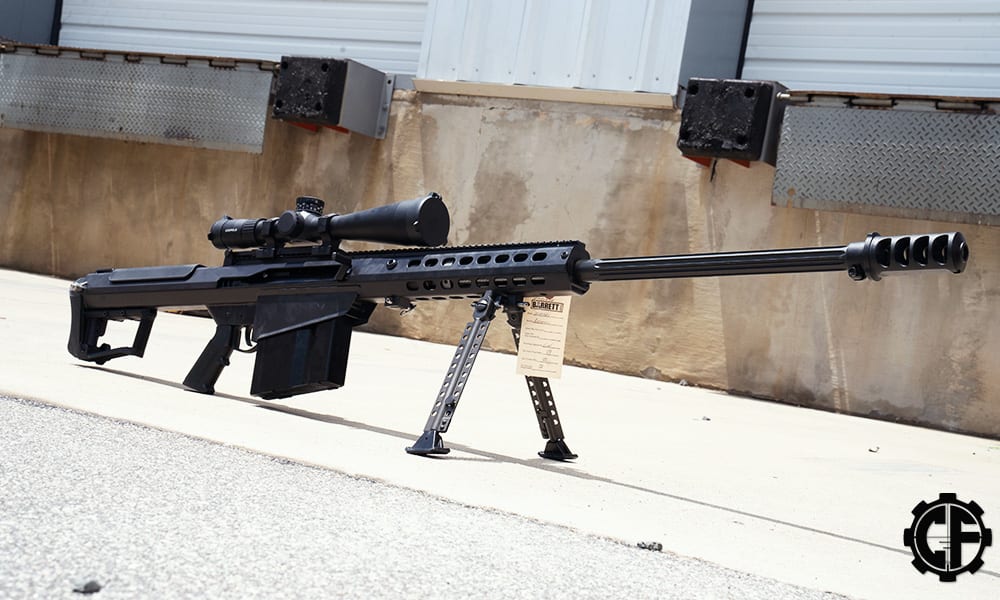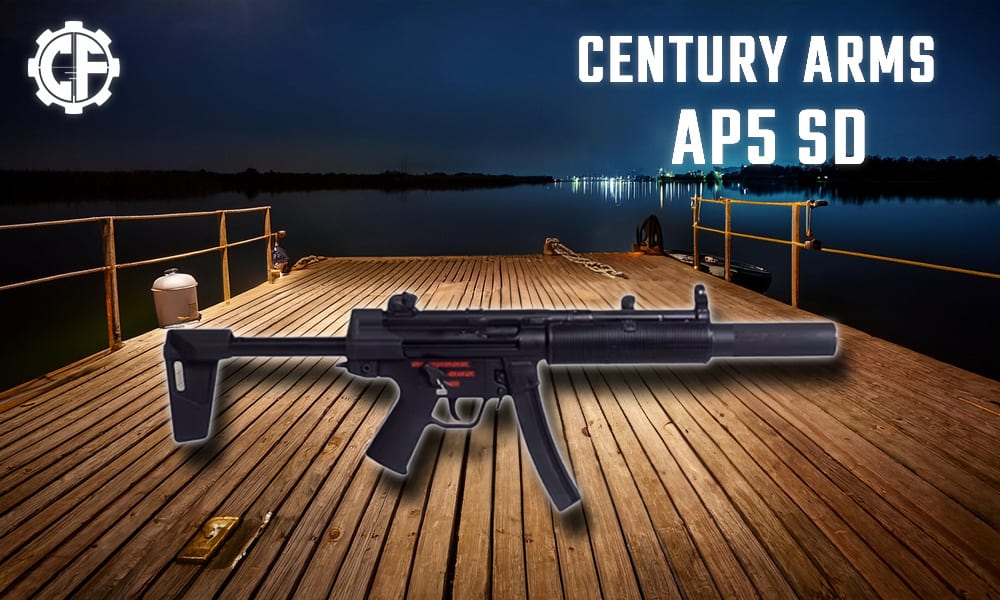MUZZLE BRAKES
The advantages that a muzzle brake can have on your firearm is understated. An effective muzzle brake will help you get back on target quicker. Muzzle brakes are manufactured to counteract the rearward force that occurs while firing the firearm. Driving your firearm forward during the process of firing is achieved by the muzzle brake venting the gases to the rear. The obvious benefit of this action is the ability to reduce felt recoil. As a result of less felt recoil, you can fire shots in quick succession and with greater control. Reduced recoil and greater control can also minimize the movement of the firearm in the shoulder pocket. Just a heads-up, however, that while you will have less felt recoil, there may be an increase in sound. Someone that is interested in selecting a muzzle brake for their muzzle device would be someone who is looking to dramatically change the impulse feel of their rifle. Others that come to mind who might select a muzzle brake for their firearm are competition shooters, or folks who are likely to run a lot of rounds through your firearm during a weekend at the range. Here are a couple of muzzle brakes that we offer here at Classic. While you are browsing, check out our caliber specific muzzle brakes.
Yankee Hill Machine Slant .30 Cal Muzzle Brake and Compensator Hybrid

Springfield Armory M1A Muzzle Brake/Stabilizer
Springfield Armory M1A Muzzle Brake_Stabilizer
COMPENSATORS
If you are looking for a muzzle device that will help you get on target quicker and place rapid followup shots on that target, then a good choice for you may be a compensator. And although it is not an intended effect, some owners feel a slight reduction in recoil. By redirecting gases upward, through vertical outlets, a compensator will assist in preventing barrel rise while firing. This process is most helpful when used while firing rapidly. Overall this device will change your function enough to feel noticeable control. Another advantage in selecting a compensator as your muzzle device is more consistent tighter grouping. From competition shooters or casual plinkers, compensators are a great feature to have. Before selecting one for your firearm, take into consideration if the recoil on your firearm is already low. If your recoil is easily manageable, you may not need a compensator. Again, there will likely be an increase in noise as compared to a firearm without one. We have a great selection of compensators, also caliber specific.
Rise Armament .223/5.56 AR-15 Compensator

Sig Sauer .223/5.56 Tread Compensator
FLASH HIDERS
Flash hiders are likely known by the more commonly used term of flash suppressors. A lot happens in pretty quick succession when the trigger is pulled. A series of firearm and cartridge components come together to successfully push the bullet down and out of the barrel. When the firing pin strikes the primer cup, the propellant powder inside of the cartridge is ignited. With the ignition, high power gases form and in turn, unseats the bullet from the cartridge case and sends the bullet racing down the rifled barrel. Most of the propellant will burn out during the firing process, but there is usually residual propellant powder still left. Unburnt propellant powder expelling at the muzzle will combust when it hits oxygen in the air. This causes a bright flash to occur. Muzzle flash brightness tends to be dependent on variations of ammo and firearms. Flash hiders are a great choice for those who hunt at night, law enforcement, a builder looking for an inexpensive muzzle device for their new gun, or someone looking for a simple muzzle device while they explore their recoil control before moving on to a muzzle brake or compensator. This device could also add to the noise created when firing. Here are a couple of caliber-specific flash hiders that we offer here at Classic:
Strike AR Style .223/5.56 Venom Flash Hider

Advanced Armament Blackout Flash Hider
ROUNDUP
Most gun owners, and especially AR-style rifle owners, like to add a little functional jewelry to customize their firearms. Muzzle devices are a great place to start. They are inexpensive and can change the function and operation of your firearm by simply using the power of the gases expended to solve some of your weaknesses, or at least add to your proficiency. In addition to muzzle brakes, compensators, and flash hiders, other muzzle devices include but are not limited to blast deflectors, sound forward devices, sound suppressors, combination devices, and hybrid muzzle devices. Shop All Muzzle DevicesShop All Rifle Parts








